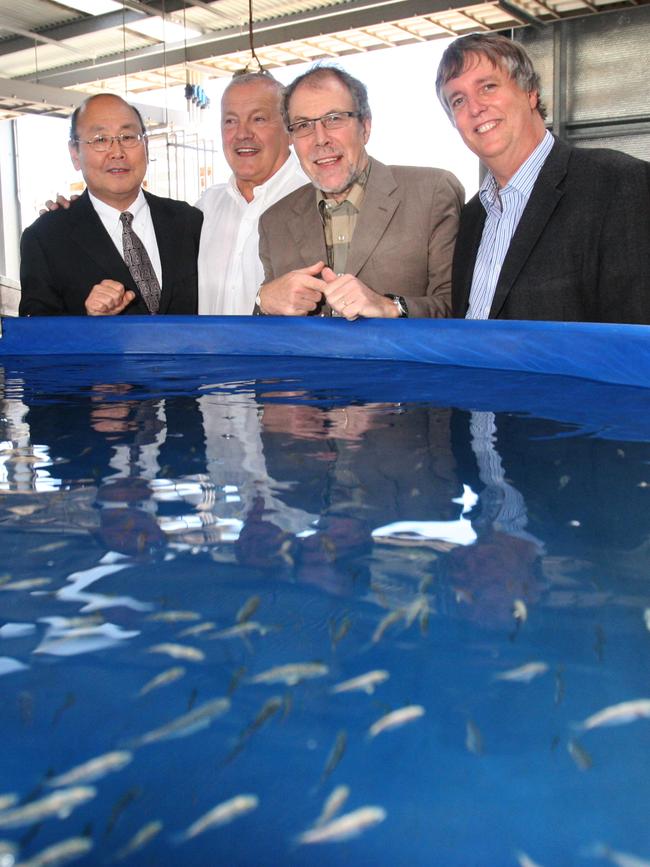SARDI starts work on rebuilding snapper stocks
South Australia’s snapper ban has started — and the restocking of the depleted population has officially kicked into gear as adult breeding snapper are delivered to a special West Beach facility.

SA News
Don't miss out on the headlines from SA News. Followed categories will be added to My News.
- Snapper ban in SA: Stock crisis prompts three-year ban
- Check out the latest The Advertiser subscriber rewards HERE
Rebuilding of the state’s depleted snapper populations has kicked into gear with delivery of adult breeding snapper to the South Australian Research and Development Institute (SARDI) West Beach facility.
The delivery is part of the state government’s $500,000 snapper restocking program.
Fishing for snapper was banned for three years from November 1 in the majority of South Australian waters, with catching snapper only allowed in the state’s South-East between February and October and under heavily restricted conditions.
The restocking program is expected to produce 150,000 juvenile snapper across two years, which will be released into the Spencer Gulf.
The project was one of the response measures to the snapper closure announced earlier this year to help stocks recover from critically low levels.

Primary Industries Minister Tim Whetstone said the restocking program was a major step in the recovery of the iconic fish.
“The juveniles will be reared for up to 100 days at SARDI’s West Beach facility before being
released to give them the best chance of survival. We want to create a sustainable snapper fishery for future generations of recreational and commercial fishers and the snapper restocking program is a key part of that,” he said.
“Earlier this year we received alarming assessments showing snapper biomass in Spencer Gulf has reduced by an estimated 23 per cent and by 87 per cent in Gulf St Vincent over the past five years.
“Low numbers of juvenile snapper entering the fishery over a protracted period is a contributing factor to the reduction in snapper numbers in our coastal waters.
“Mother Nature needs a helping hand when it comes to breeding snapper and this scientific
restocking program aims to fill the gap. By growing snapper fingerlings in a controlled environment we hope to enhance survivability of eggs enabling them to grow to fingerling stage before releasing them into the Spencer Gulf.”
The restocking program incorporates collection of adult broodstock as well as fertilised snapper eggs from Spencer Gulf to maximise production of fingerlings for release in 2020, as well as establishing reliable hatchery production into the future.
“SARDI scientists have been liaising with counterparts in New South Wales and Western Australia, to learn the lessons from their respective snapper enhancement programs,” Mr Whetstine said.
Recreational Fishing Advisory Council chairman Graham Keegan said this was a significant project, particularly for the Spencer Gulf area.
“Having seen what is being achieved in Western Australia we believe a similar initiative in South Australia is a vital step towards recovering our own snapper stocks,” he said.
As part of the restocking program, SARDI is undertaking a $121,000 infrastructure modification at the Aquatic Science Centre to enable egg hatching, larval rearing, live feed and broodstock maintenance systems to be implemented on site.
Mr Whetstone said these alterations have already started and are expected to be completed by the middle of January.
As well as the snapper restocking project other support measures include commercial fee relief, increased science funding and a charter boat diversification grant program.
